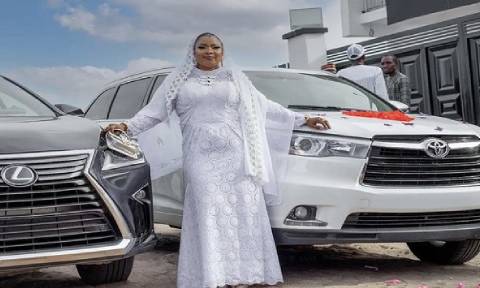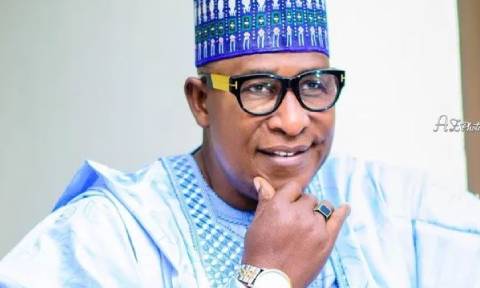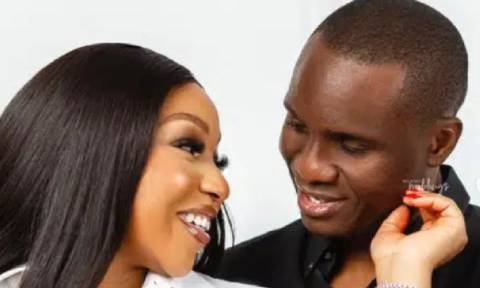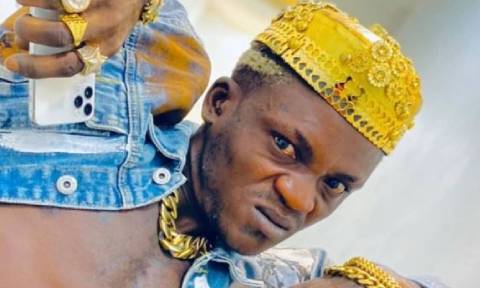We, as Africans, were quite amused yet sympathetic to the fervour and serious antics of the Black Power movement on the campuses of American universities; as black student leaders openly proclaimed at rallies that their flat noses, thick lips, nappy kinky hair and black skin, were all collectively beautiful!
These gestures were calculated protests signalling their desire to break away from the strangulating oppressive racist philosophy still very prominent in America from the mid-sixties to the early eighties, that only white, white skin colour, white physical features and long hair, were ever considered as beautiful.
The yardsticks for human beauty were exclusively based on white values and physical characteristics.
What this brainwashing had done to the psyche of millions of Black Americans or Negroes as they were once known and categorised, was that it became a burning lifetime ambition of many Black Americans to be white; look white, talk white and most importantly to feel white. Being ‘white’ was the passport for upward social mobility in America, then.
America being the land of dreams and commerce, a whole range of cosmetics and accessories was developed by white and black corporations to satisfy this need by Black Americans to become white.
These cosmetics were primarily meant for straightening the hair and bleaching or toning the skin. Some Black Americans, mostly with the help of these cosmetic beauty-aids, ironically, now developed their own standards for adjudging beauty. These standards included having straight hair and high-yellow skin.
It is worth noting that the first flush of American cosmetics companies that introduced their products and eventually set up manufacturing bases in Nigeria were offering these products that were drastically changing the definition of Black Beauty in America.
All manner of bleaching creams and ‘bleaching bath’-therapy were also introduced into Nigeria to satisfy the new craze of Nigerian women to look white like their black sisters in America.
The Nigerian health authorities, to their credit then, waged war against these skin-lightening creams and soaps, warning of their danger and damage to skin as well as the possibility of skin cancer.
With the highly successful black entertainers and sportsmen marrying white or near-white black women, these black role models helped reinforce the newly-imposed characteristics of black beauty.
Michael Jackson didn’t help much later with his nose surgeries and skin lightening. That the first wave of black actors and actresses mostly, who broke into mainstream American television and Hollywood exploitation black movies were nearly white, was all part of the scheme to create the cultural mindset that black and its hues were still many shades less beautiful than white.
The godfather of Soul, James Brown, with his soul-stirring proclamation that he was “black and proud” dramatically changed perceptions. In what could be regarded as the lower classes leading the elite, the force generated by Brown swept through the working class of Black America and the militant student movement in dire search for a true identity, to rubbish the old order that black could not be beautiful in America!
Beauty and pride produced the clenched-fist “black power” salute as the symbol of cultural liberation from white America. In many ways, Black America was now in tune with the lyrics of an old traditional blues which bragged that, “the blacker the berry, the sweeter the juice.”
Afro hairstyles with accompanying accessories like combs and non-chemical creams and plaited hair came into fashion with Black America. Black beauty was born!
As music and fashion have remained our cultural links with America, especially Black America, Nigeria and the rest of Africa caught on to the black-power-and-beauty bug.
Could it be a question of opposite poles attracting one another? Out here in Nigeria the perceived preference for ‘omo pupa/yellow sisis’ led to an upsurge of bleaching by Nigerian women. Fela’s caustic dig at this cultural trait, ‘Yellow Fever’ set our women thinking. The influence of millions of hair dressing salons in Nigeria, has ensured that our women have lost out to imported relaxers, long hair attachments (animal and synthetic) and wigs in place of braiding and low-cuts.
The propagators of white-beauty characteristics had to hit back! The idea of losing their cultural and financial grip on black people in the entire Diaspora was too painful to take without fighting back. The first theatre of this fightback was in America itself, where all the inroads made by the black-beauty movement are being lost at an alarming rate.
The threat has come from what can be best described as a half-breed/hybrid culture! Quite a few black superstars in sports in America, Africa and the Diaspora plait their hair. But the stars and musicians projected on television, billboards and other advertisements are rarely ever black-skinned.
Half-breed/hybrid culture hit Nigeria with a bang on Nigerian network television in the early eighties with the importation of television series and serials from America on the premise that they featured Black Americans, no matter their roles and cultural bent. Twenty years on, it would seem that Nigeria has been consumed by half-breed/hybrid culture!
It has been interesting and slightly painful watching this concept envelope and threaten our current cultural landscape. All the few Nollywood movies I watch have as their leading stars light-skinned actresses. Millions of adverts selling soaps, GSM services, cars, household items, consumables and many other products use near-white and light-skinned women and models. The children in these adverts are of the same hue.
The message being sent out is that black people are not marketable! I suppose it is a matter of choice; their free choice and money, for the advertising agencies and their clients.
The Asians and Chinese now flood our markets with body and hair products to make millions of our women near-white and worshippers of ‘white-beauty.’ How I wish there were statistics to jolt us on how much foreign exchange we spend not to be black.
The case has been proven that FESTAC ’77 was just a waste of huge time and money.
It’s really not about attacking personal freedoms and choices on beauty and fashion trends and sense. It’s about observing our cyclic cultural turmoil in our search for identity. I hope we don’t get to the point where skin and hair transplants become the in-thing for our so-called fashion trend-setters. Worse still, I pray that children will not in future hate and curse their Nigerian parents for being born black?



















